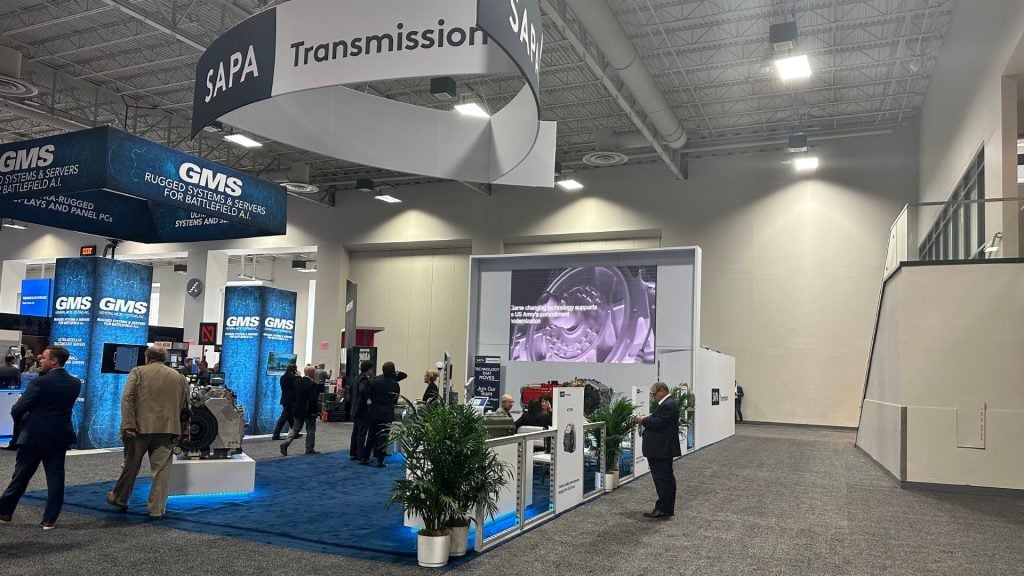
Introduction
The world of trade shows and events has undergone a seismic shift in recent years, with hybrid events emerging as a game-changing trend. As the name suggests, hybrid events blend in-person and virtual elements, offering a versatile platform that caters to a wider audience. This new format is quickly becoming the go-to strategy for organizations looking to maximize reach, engagement, and ROI in an increasingly digital world.
But what exactly do hybrid events mean for your trade show strategy? Let’s dive into how this rising trend is reshaping the landscape and what you can do to stay ahead of the curve.
1. Expanding Your Audience Reach
One of the most significant advantages of hybrid events is their ability to expand your audience reach. Traditional trade shows are limited by geographic constraints, meaning that only those who can physically attend the event have access to your exhibit. Hybrid events, on the other hand, open the doors to a global audience by offering a virtual component.
This means that people who can’t attend in person due to time, budget, or travel restrictions can still participate in your event. Whether they’re tuning in from across the country or halfway around the world, hybrid events allow you to connect with a broader and more diverse audience.
Pro Tip: When planning a hybrid event, ensure that your virtual platform is user-friendly and accessible to all attendees. Offer live streaming, on-demand content, and interactive features to keep virtual participants engaged and make them feel as much a part of the event as those attending in person.
2. Enhancing Engagement and Interaction
Hybrid events provide unique opportunities to enhance engagement and interaction, both on-site and online. With the integration of digital tools, you can create a more immersive and interactive experience for all attendees.
For example, live polls, Q&A sessions, and social media integrations can be used to engage virtual attendees in real-time, while in-person participants can benefit from augmented reality (AR) experiences or gamified elements within the exhibit. These interactive features not only make the event more enjoyable but also provide valuable data on attendee preferences and behaviors.
Pro Tip: Design your hybrid event with interactivity in mind. Encourage participation from both virtual and in-person attendees by offering interactive sessions, networking opportunities, and digital touchpoints that bridge the gap between the two audiences.
3. Flexibility and Accessibility
Hybrid events offer unparalleled flexibility and accessibility, accommodating various preferences and needs. Attendees can choose how they want to participate—whether by attending in person, joining virtually, or even accessing event content after the show has ended. This flexibility is particularly appealing in today’s fast-paced world, where attendees may have competing priorities or prefer a more convenient way to engage with your brand.
Moreover, hybrid events are inclusive by design, making it easier for people with disabilities or other limitations to participate. This accessibility not only broadens your reach but also demonstrates your commitment to inclusivity and diversity.
Pro Tip: Ensure that your hybrid event is accessible to everyone by incorporating features like closed captioning, sign language interpretation, and mobile-friendly platforms. This will help you create an inclusive environment that caters to all attendees.
4. Maximizing ROI
Hybrid events can deliver a higher return on investment (ROI) by combining the strengths of both in-person and virtual formats. While in-person events excel in creating deep, personal connections, virtual components can significantly reduce costs related to travel, accommodation, and logistics. This hybrid approach allows you to optimize your budget while still achieving meaningful engagement and outcomes.
Additionally, hybrid events offer extended shelf life through on-demand content that attendees can access long after the event has concluded. This not only keeps your brand top-of-mind but also provides ongoing value to participants, further enhancing your ROI.
Pro Tip: Track and measure the success of your hybrid event using analytics from both the physical and virtual components. This data will help you understand what worked, what didn’t, and how you can improve future events to maximize ROI.
5. Navigating Potential Challenges
While hybrid events offer many advantages, they also come with their own set of challenges. Coordinating both in-person and virtual components can be complex, requiring seamless integration of technology, clear communication, and meticulous planning. It’s essential to ensure that both audiences receive an equally high-quality experience, which may involve additional resources and expertise.
Moreover, hybrid events require a strategic approach to content delivery. The content must be engaging and relevant to both in-person and virtual attendees, which can be a balancing act. However, with careful planning and the right partners, these challenges can be effectively managed.
Pro Tip: Work with experienced event planners and technology providers who specialize in hybrid events. Their expertise will be invaluable in navigating the complexities of this format and ensuring a smooth, successful event.
Conclusion: Embracing the Hybrid Future
The rise of hybrid events marks a new era in the trade show industry, one that blends the best of both worlds—physical and virtual. For businesses looking to stay competitive, embracing hybrid events as part of your trade show strategy is not just an option; it’s a necessity.
At XS Worldwide, we understand the power and potential of hybrid events. Our team is dedicated to helping you create dynamic, engaging experiences that resonate with both in-person and virtual attendees. By leveraging the latest technologies and industry expertise, we ensure that your hybrid event not only meets but exceeds your goals.
As the future of trade shows continues to evolve, hybrid events will play a crucial role in driving innovation, expanding reach, and maximizing ROI. Now is the time to adapt, innovate, and embrace the hybrid future—your audience is already waiting.


 Global
Global Europe
Europe

